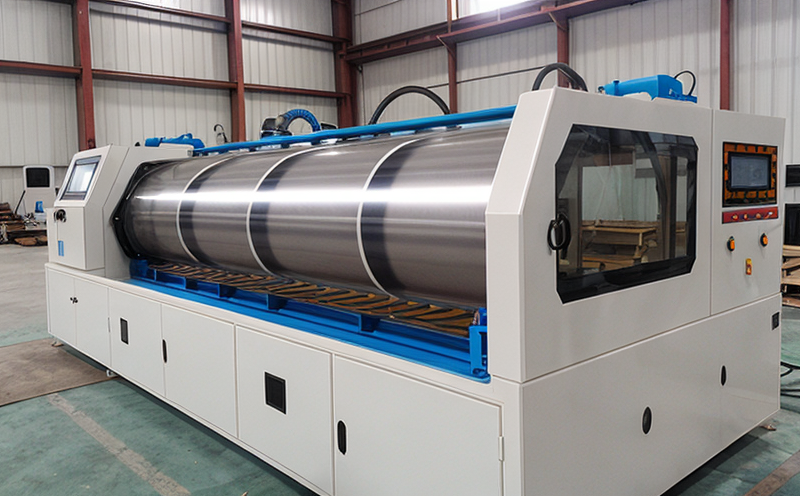DIN 53370 Dimensional change of laminated materials after washing
The DIN 53370 standard is a crucial guideline in textile testing, particularly for the evaluation of dimensional stability of coated, laminated, and finished textiles. This service evaluates how these materials withstand the stresses associated with cleaning processes such as washing, dry cleaning, or similar mechanical treatments. Understanding this parameter is essential for product development, ensuring that coatings and finishes remain intact even after repeated use in harsh environments.
The importance of this test lies in its ability to predict long-term performance under real-world conditions. In the context of textiles used in various sectors like automotive, healthcare, and home textiles, maintaining dimensional stability is paramount for both aesthetic and functional integrity. This service helps manufacturers ensure that their products meet rigorous quality standards while also enhancing durability.
The test procedure involves exposing a sample to defined washing or cleaning cycles according to the standard’s specifications. Following this treatment, the dimensions of the specimen are measured before and after exposure using precise measuring instruments. The difference in these measurements provides an accurate assessment of dimensional change due to washing.
This service is particularly relevant for materials that undergo extensive mechanical stress during their lifecycle, such as seat fabrics in automobiles or upholstery textiles. It allows manufacturers to optimize the thickness, composition, and application methods of coatings and finishes to achieve optimal performance without compromising on aesthetics or comfort.
The DIN 53370 standard ensures consistency across industries by providing a uniform methodology for testing. This not only facilitates regulatory compliance but also supports fair competition among manufacturers who adhere to these standards. By adhering to this test, companies can ensure their products meet international quality benchmarks and are reliable in various conditions.
Real-world applications of this service include the development of durable coatings for outdoor furniture, ensuring that they withstand frequent cleaning without losing integrity. Another example is its use in healthcare textiles where maintaining dimensional stability during washing processes is critical for hygiene and patient safety. This service also plays a key role in the design of protective clothing materials used by workers in hazardous environments.
| Aspect | Description |
|---|---|
| Laboratory Setup | The testing is conducted in a controlled environment to ensure accurate and consistent results. This includes precise temperature, humidity control, and the use of standardized washing machines. |
| Specimen Preparation | Standardized samples are prepared according to DIN 53370 specifications ensuring uniformity across tests. |
| Treatment Cycles | The specimens undergo a defined number of washing cycles, each with specific parameters such as temperature and duration. |
| Measurement Techniques | Advanced measuring equipment is used to accurately measure the dimensions before and after treatment ensuring precision and repeatability. |
Why It Matters
Understanding how materials change dimensionally after washing or cleaning is critical for product development and quality assurance. This test helps manufacturers predict the long-term performance of their products, ensuring they remain functional and aesthetically pleasing over time.
For industries like automotive and healthcare, maintaining dimensional stability is not just a matter of aesthetics; it can significantly impact user experience and safety. In the case of automotive textiles, for instance, fabrics that shrink or stretch excessively after cleaning could lead to poor fit and potentially unsafe conditions in vehicles. For healthcare facilities, where cleanliness and hygiene are paramount, materials that lose their integrity during washing processes could compromise patient care.
The results from this test provide valuable data for R&D engineers, allowing them to refine the composition and application methods of coatings and finishes. This ensures that the final product not only meets regulatory requirements but also performs optimally under real-world conditions. Additionally, by adhering to standards like DIN 53370, companies can gain a competitive edge in global markets where quality and reliability are highly valued.
- Ensures consistent performance across different batches of materials
- Aids in optimizing the thickness and composition of coatings for durability
- Supports fair competition among manufacturers by providing a uniform testing methodology
- Facilitates regulatory compliance ensuring products meet international quality benchmarks





